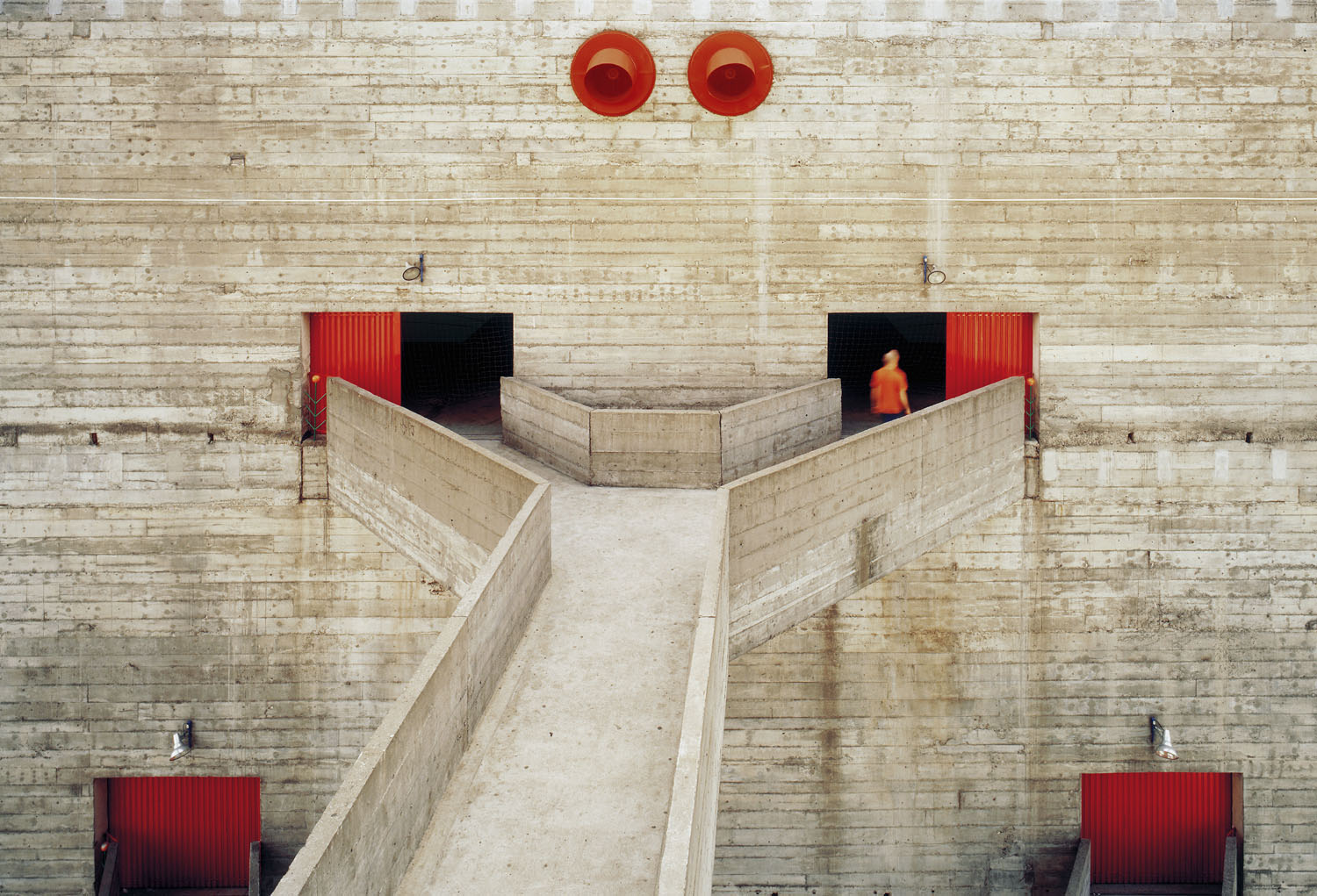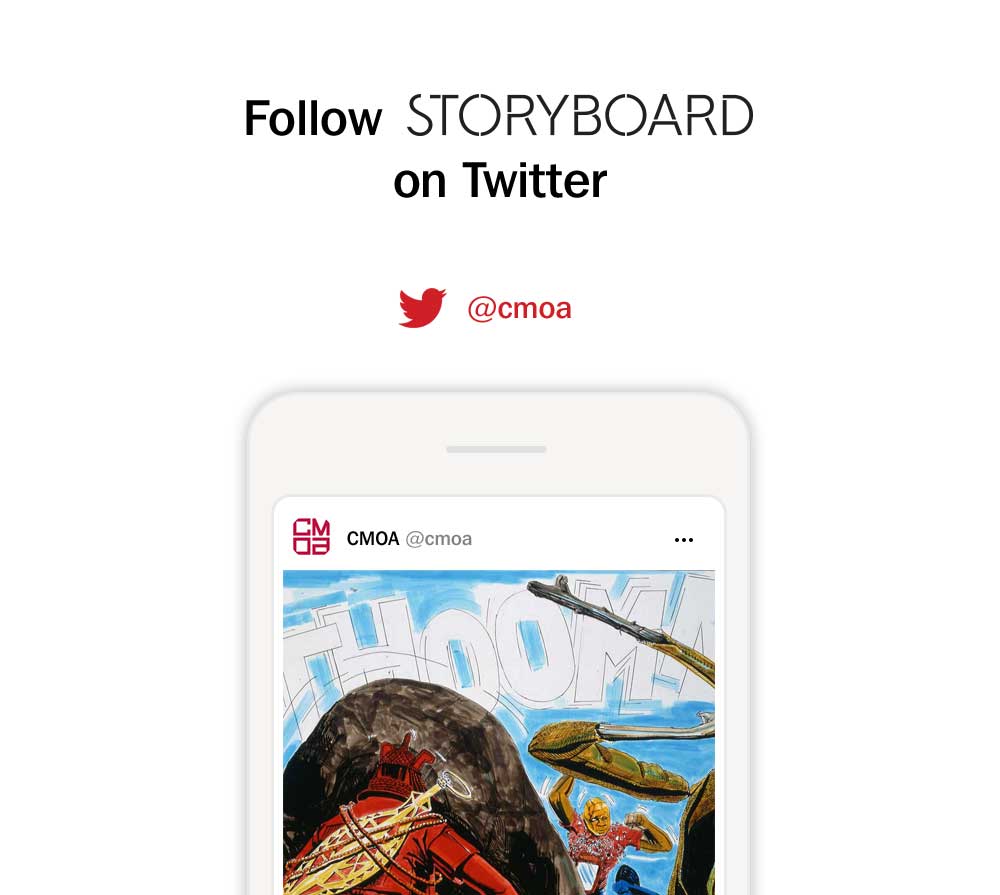|
A curated selection of writing at the intersection of art, culture, and community, compiled each week by the editors of Storyboard.
FROM THE NEW YORK TIMES
The Legacy of Toni Morrison
Toni Morrison was unparalleled. She will always be so. A novelist, essayist, woman and sage, she was a genius of uncommon grace. This is not hyperbolic. It is, simply, fact.
I was on a flight from Paris to New York when a friend messaged me about Ms. Morrison’s passing and I was stunned, saddened and overwhelmed with gratitude for the blessings of her work. I knew she was in her 80s, but I hoped she might be the first immortal among us.
FROM PLATFORM
Mapping Ephemerality
Recognizing that infrastructural patchworks, short-lived structures, momentary exchanges, and sensations hold the key to understanding political agency, urbanists have departed from prioritizing built form’s permanent inscription to focus on the impermanent traces of material culture. Yet few have considered the cumulative impact of a large number of “temporary” interventions operating within the “permanent” infrastructure of the city. What would it mean to describe, “map” as it were, the everyday and the contingent aspects of urban experience that involve multiple temporalities beyond the usual longer arc of urban studies?
FROM WE MAKE MONEY NOT ART
Edi Hirose: Bleak Skyscrapers and Erased Mountains
Peru is one of fastest-growing economies in South America, with mining regarded as one of the key drivers behind the growth record. Edi Hirose has dedicated the past few years to documenting how his country is grappling with the many transformations brought about by the economic boom.
FROM N+1
Spaciousness, Generosity, Dignity, Restraint: On the Vernacular Modernism of I.M. Pei
I don’t know how the same culture that brought forth a building like Terminal 6 in 1968 became the one that so very casually demolished it only forty years later. Although it’s noteworthy that Pei lived for over a century, it matters more that he sustained a modern vernacular for fifty years. When the word “modern” first came into ordinary English usage, it meant ordinary, commonplace, and everyday: “They say miracles are past,” goes the line in All’s Well that Ends Well, “and we have our philosophical persons to make modern and familiar, things supernatural and causeless.” Because Pei’s early work was modern in just this sense, it should become his most enduring and influential legacy.
FROM HYPERALLERGIC
Living in a Renaissance Palace, an Art Historian Uncovers an Amazing Past
Five years into a tenure-track position at a respected East Coast college, art historian Allison Levy snagged a sabbatical year in Florence to work on a book about Renaissance tomb sculpture. Burned out from gratuitous faculty meetings, undergraduate grading, and grinding East Coast winters, she felt a little entombed herself. So when an unexpected opportunity arose to spend her year living in the famed Palazzo Rucellai — a touchstone of Renaissance architectural history — though pricey for an academic, she seized on it.
|



